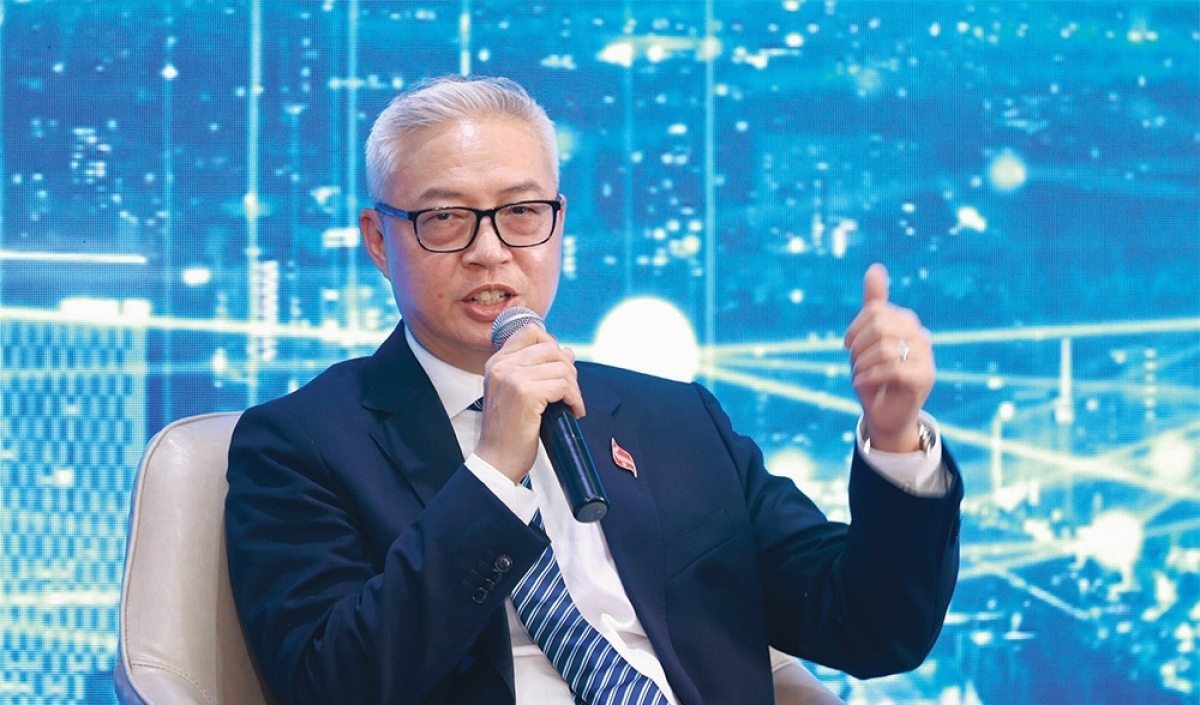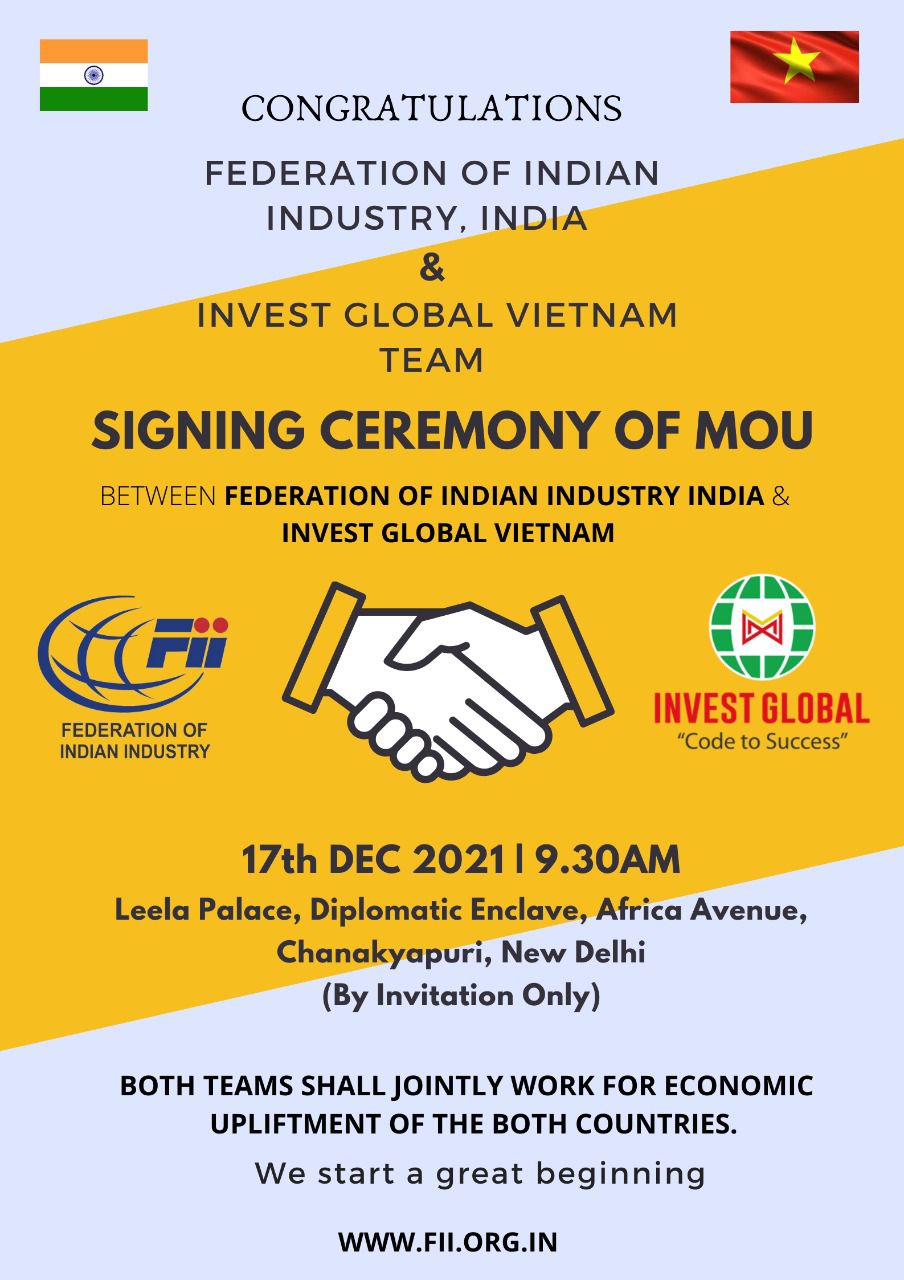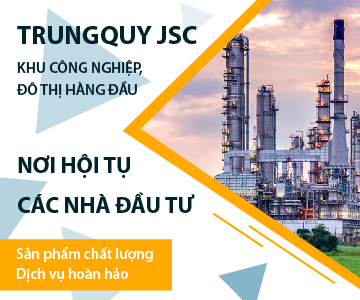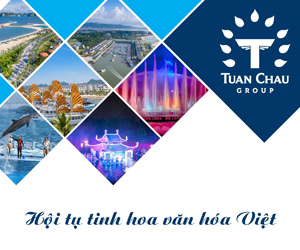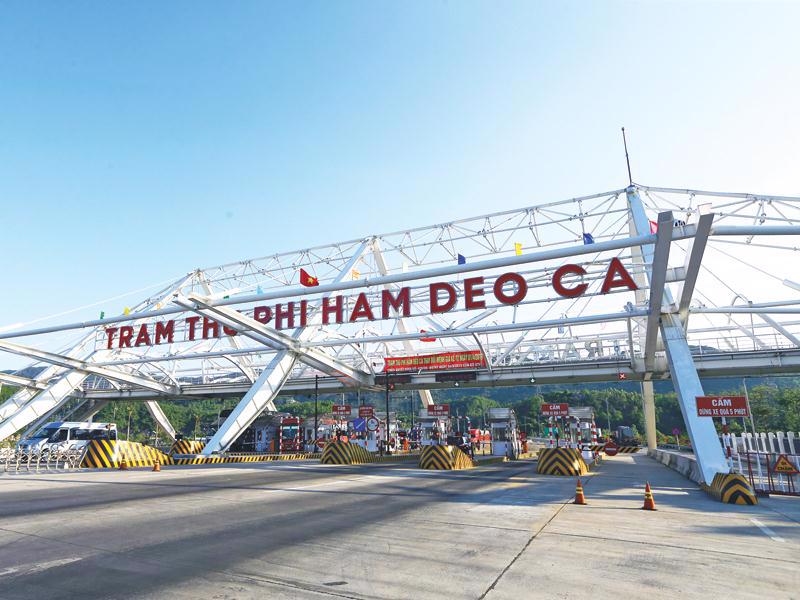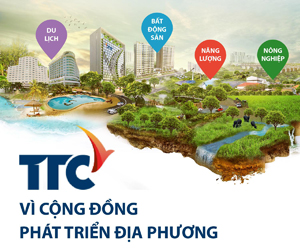INTERNATIONAL INVESTMENT
AND PORTAL
Vietnam’s investment attractiveness is not in doubt. The country has received nearly $18.4 billion in registered foreign direct investment in just the first five month of 2025. Outward investment from Vietnam, however, is still disproportionately low, standing at only $317.3 million, accounting for just 1.7 per cent of total capital flow.
 Bui Kim Ngan, director, Tax and Corporate Services, Grant Thornton Vietnam
Bui Kim Ngan, director, Tax and Corporate Services, Grant Thornton Vietnam
The imbalance in this respect reflects structural obstacles that prevent not only Vietnamese but also ASEAN’s enterprises from expanding into regional or global markets. This post identifies some of those roadblocks and what they mean for the future of your investing strategy.
Vietnamese businesses that want to invest overseas, including in the neighbouring countries, still face a strict regulatory process.
Outward investments are subject to official approvals from the Ministry of Finance, regardless of the size of investment. This process could take from 3-12 months, on a case-by-case basis. The movement of capital flow is also not easy. In Vietnam, it is subject to the approval of the prime minister to grant loans for its overseas subsidiary and following up with strict use conditions by the State Bank of Vietnam. This lengthy process can disrupt business timelines and postpone investment opportunities.
In contrast, in Malaysia, a country in the region with a more balanced between inward and outward investment flows, investors are only required to obtain approval from Bank Negara Malaysia for outward investment when the investment exceeds certain permitted thresholds.
Labour mobility among the ASEAN countries is still hampered by highly fragmented work permits and visa rules, which each member country has in place. The lack of regional convergence becomes a nightmare for businesses looking to deploy skills effectively across borders.
For instance, foreign workers have to obtain a work permit from labour agencies before applying for a visa or a temporary residence card with immigration agencies. The first step in Thailand is to gain a non-immigrant B-visa and then follow up with a work permit and visa renewal for long-term residence.
These are highly regulated processes that are not mutually recognised across borders, unlike the EU, where harmonised laws make it easier for people to move to where there is work. For investors, this fragmented model creates operational complexity and reduces the ability to cross-deploy teams in regions.
The lack of standardised product quality between ASEAN countries is still an obstacle for trade in the region.
Mismatched technical requirements and safety regimes mean redundant testing, adding cost and time to market. Although the ASEAN Consultative Committee for Standards and Quality has taken steps to facilitate mutual recognition arrangements, their implementation among the countries is still inconsistent.
The absence of mutual recognition discourages regional expansion, particularly for small- and medium-sized enterprises, and undercuts ASEAN’s objective of deeper trade integration.
Complicated customs processes within ASEAN are an obstacle to doing effective business. There are seemingly ever-changing and indeterminate documentation standards, leading to confusion and delay.
In many countries, the work is done manually and with papers, doubling clearance time and the possibility of errors. Transparency on requirements is also limited, and enforcement somewhat unpredictable. The ASEAN Single Window seeks to simplify processes, yet disparities in implementation remain.
For investors looking at the growing potential of ASEAN, further regional integration is not just a policy objective, it’s a strategic necessity. To achieve this vision, member states must expedite the harmonisation of product quality criteria, simplify customs procedures, and provide for the mutual recognition of work permits.
The simplified procedures for outward investments, the reduction of obstacles to the free flow of foreign exchange, and the strengthening of government support with vigorous diplomacy and cooperation visits are all equally important.
Removing these non-tariff barriers is key to unlocking a more progressive, integrated, competitive ASEAN, where businesses are able to efficiently scale across borders, and investors can harness the potential offered by a unified, high-growth economic community.






